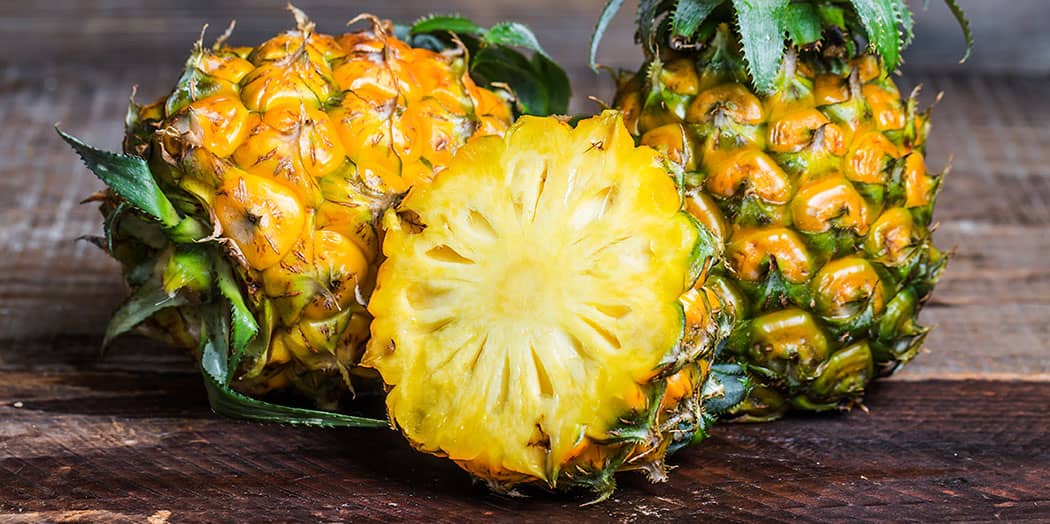The US Environmental Protection Agency (US EPA) has registered with the US Federal register under the Federal Food, Drug, and Cosmetic Act (FFDCA) to publish MRLs for Thiamethoxam in pineapple. The regulation became effective on June 15, 2022.
Pesticides are chemical substances intended for preventing, destroying, or controlling weeds, molds and pests. Thiamethoxam is a second generation neonicotinoid insecticide which offers effective broad-spectrum pest protection on numerous crops around the world. However, pesticide residues can cause several human health problems, such as cancer, neurological disorders and impairment of the immune system. Therefore, the concentration of pesticide residues in food products must be monitored in order to ensure they are below Maximum Residue Limits (MRLs).
To comply with US regulation, the US EPA proposed MRLs are being registered within the US Federal register under the FFDCA for use in the USA in or on pineapple and process residue. Evaluation of these thiamethoxam applications indicated human health and environmental risks. Details regarding these applications can be found in 40 CFR Part 180 and the MRLs were adopted on June 15, 2022. [1]
In making its tolerance decisions, the US EPA seeks to harmonize US tolerances with international standards. However, in some countries tolerances are called Maximum Residue Limits (MRLs).
Therefore, MRLs established for residues of thiamethoxam in pineapple and process residue are summarized in Table 1.
Table 1: Proposed Maximum Residue Limits for thiamethoxam.
| Common Name | Residue Definition |
Food Commodities |
MRL (PPM*) |
| Thiamethoxam (CAS # 153719-23-4) |
N-[3-[(2-chloro-1,3-thiazol-5-yl)methyl]-5-methyl-1,3,5-oxadiazinan-4-ylidene]nitramide | Pineapple | 0.04 |
| Pineapple, process residue |
0.06 |
*PPM = parts per million
For pesticide analysis in various food commodities, the Quick, Easy, Cheap, Effective, Rugged, and Safe (QuEChERS) is an extraction and clean-up technique. The international methods widely used for pesticides analysis are BS EN and AOAC. They are extracted by acetonitrile and analyzed by either liquid or gas chromatography coupled with tandem mass spectrometry (LC-MS/MS or GC-MS/MS) depending upon its chemical properties.
What does the change mean?
This update has the potential to affect agricultural producers, food manufacturers and pesticide manufacturers. Food products destined for the USA, if listed in Table 1, must not have residues of thiamethoxam exceeding the MRLs. Complying with food safety regulations can be a complex, time-consuming and expensive process. Food producers should seek professional advice.
SGS is committed to keeping you informed of regulation news and developments. Leveraging our global network of laboratories and food experts, we provide a comprehensive range of food safety and quality solutions, including analytical tests, audits, certifications, inspections, and technical support. We continually invest in our testing, capability, and state-of-the art technology to help you reduce risk, improve food safety and quality. For more information, please visit our website: www.sgs.com/foodsafety.
Next step
THE REGULATION WILL BE IN FORCE ON JUNE 15, 2022
For enquiries, please contact:
Tanakorn Puntupong
R&D Chemist, Food Technical Support Center
T: +66 2683 0541 ext. 2310, 2314
This site is SGS’s property. All contents such as website designs, text, and graphics contained herein are owned by SGS or licensed to SGS. The information provided by SGS on this site is for technical and general information purposes only and offers no legal advice. The information is no substitute for professional legal advice to ensure compliance with the applicable laws and regulations. All information on this site is provided in good faith “as is”, and SGS makes no representation or warranty of any kind, express or implied, and does not warrant that the information will be error-free or meet any particular criteria of performance or quality.





.webp?width=1644&height=1254&name=Food%20Safety%20Dashboard%201%20(1).webp)
